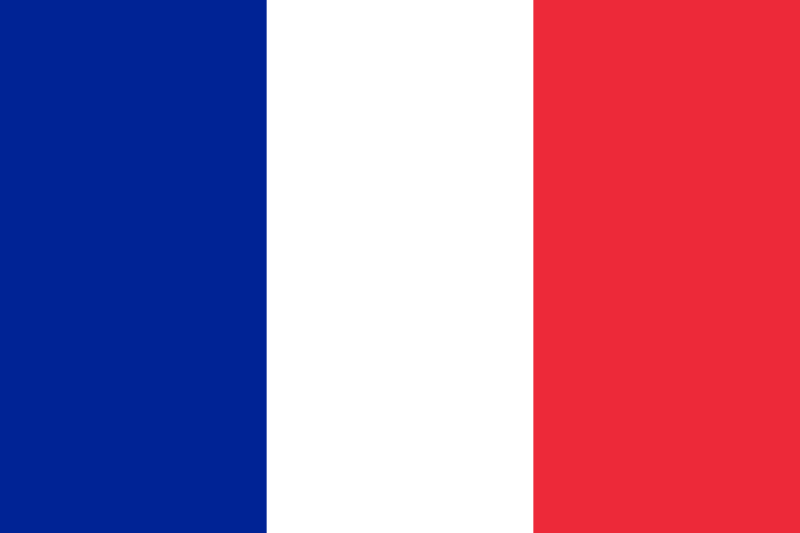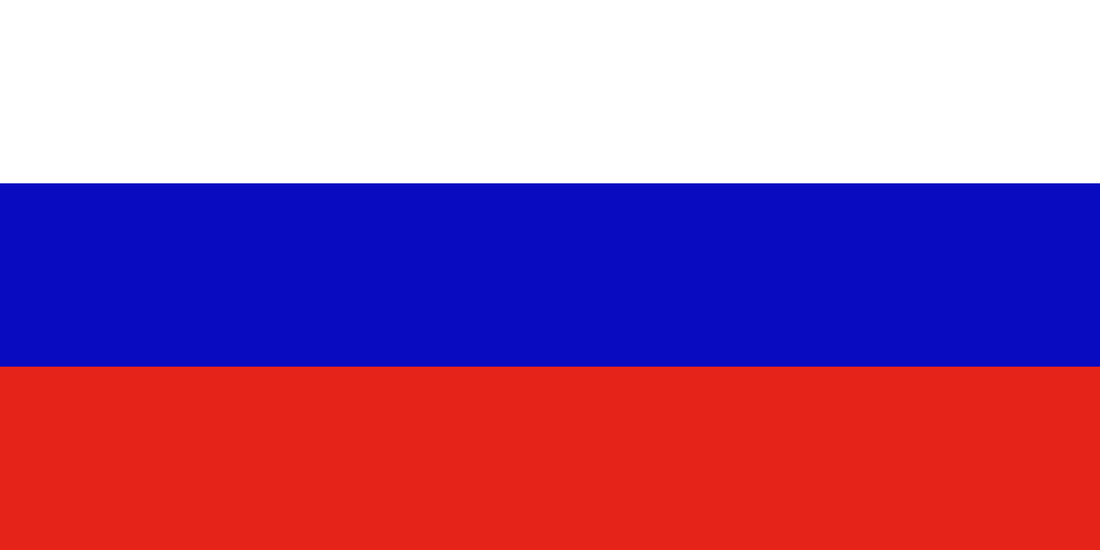An estimated 325,000 to 500,000 non-ethnic German volunteers and conscripts served in the Waffen-SS:
Armenia: 2000 to 4000 |
Belgium Flemish: 20,000 to 22,000 |
Belgium Walloons: 20,000 to 22,000 |
Bulgaria: 700 |
Croatia (includes Bosnian Muslims): 20,000 |
Czechoslovakia (the exact number of ethnic Slovaks and Czechs can not be determined) |
Denmark: 8,000 to 12,000 |
Estonia: 70,000 |
Finland: 2,500 |
France: 18,000 to 22,000 |
Hungary: 40,000 |
India: 2,500 |
Italy: 18,000 |
Latvia: 150,000 |
Lithuania: 50,000 (officially Non-Waffen-SS) |
Luxembourg: 3,000+ |
Netherlands: 45,000 to 55,000 |
North Caucasus: 1,000 to 2,000 |
Norway: 6,000 to 15,000 |
Poland: 100 to 300 (numbers of ethnic Poles can not be verified because of destroyed records) |
Romania: 55,000 |
Russian (& Belarusian): 25,000 |
Russian (Cossack): 23,000 |
Russian (Turkic): 12,000 |
Serbia: 10,000 |
Slovenia: 6,000 |
Spain: 3,000 |
Sweden: 500 to 1500 |
Switzerland: 800+ |
Ukraine: 20,000 |
United Kingdom: 1500+ |
United States of America: 15 to 20 |
The Germanic SS
The Germanic SS (Germanische SS) was the collective name given to Nordic SS groups which arose in occupied Europe between 1939 and 1945. The units were modeled on the Allgemeine SS in Nazi Germany. Such groups existed in Norway, Denmark, the Netherlands, and Belgium, whose populations the Nazi ideogues considered to be especially "racially suitable". They typically served as local security police augmenting German units of the Gestapo, Sicherheitsdienst (SD), and other departments of the German Reich Main Security Office.
The following countries raised active Germanic SS detachments:
The following countries raised active Germanic SS detachments:
- Netherlands: Germaansche SS in Nederland (before 1942: Nederlandsche SS)
- Flanders (Belgium): Germaansche SS in Vlaanderen (before 1942: Algemeene SS Vlaanderen) was one of the first collaborationist formations to become part of the Germanische SS and, in 1943, became associated with the radical DeVlag political party. Unofficially, Himmler wanted to use the organization to penetrate occupied Belgium, which was under the control of the Wehrmacht military government, not the party or the SS. The SS-Vlaanderen was also used to staff the anti-Jewish units of the German security services with auxiliary staff.
- Norway: Germanske SS Norge (before 1942: Norges SS) was a paramilitary organization established in Norway in July 1942. GSSN was at the same time a Norwegian branch of Germanic-SS, and a sub organization of Quisling's Nasjonal Samling. Leader of the organization was Jonas Lie, and second-in-command was Sverre Riisnæs. The number of members reached a maximum of about 1,300 in 1944. A large part of the members were recruited from the police, and about fifty percent served in the occupied Soviet Union.
- Denmark: Schalburg Corps, the Danish Germanic-SS, was formed on February 2, 1943. On March 30 the corps was renamed Schalburg Corps. During the summer of 1943, Søren Kam was commander of the Schalburg Corps.
See also


































